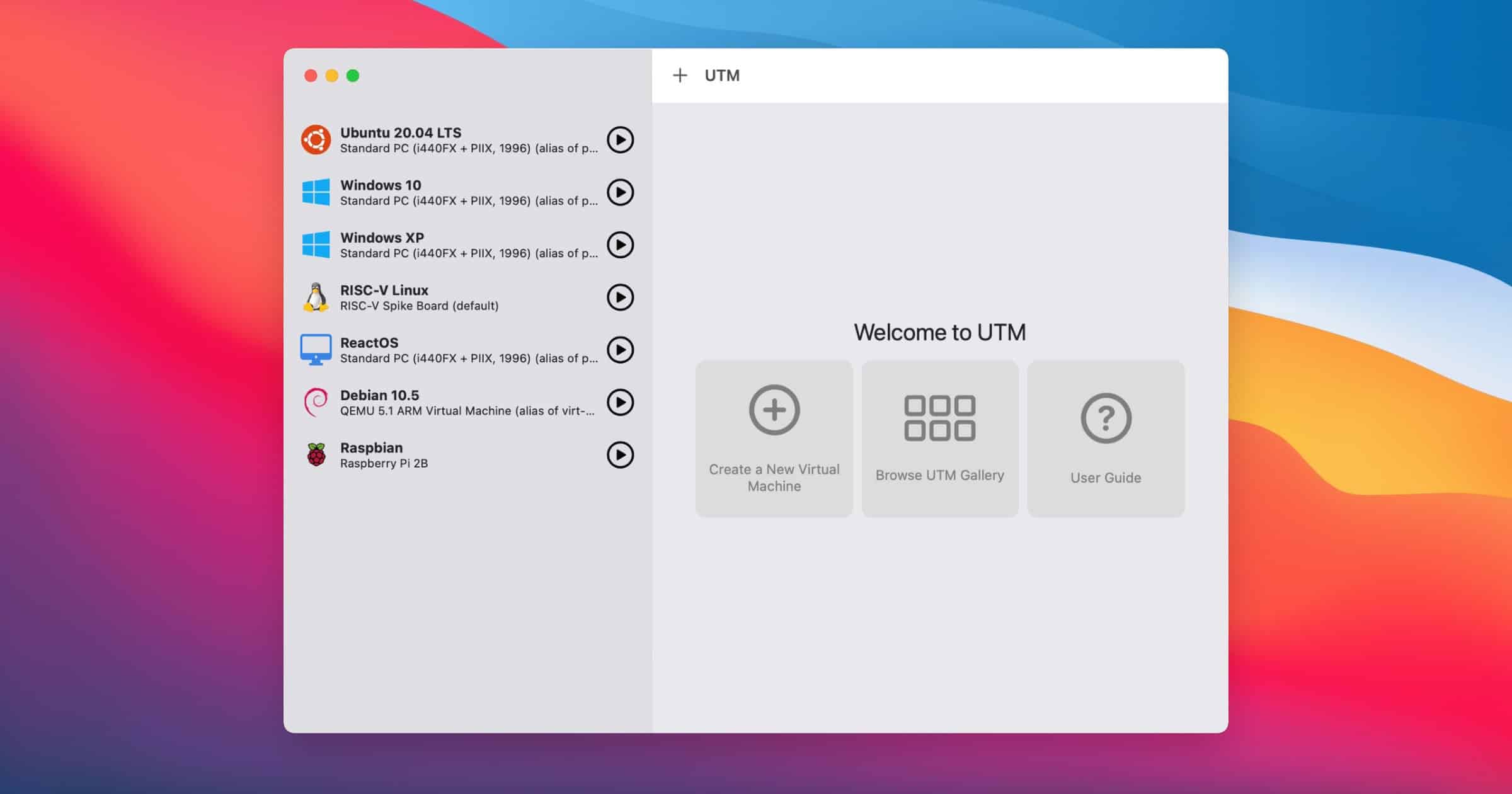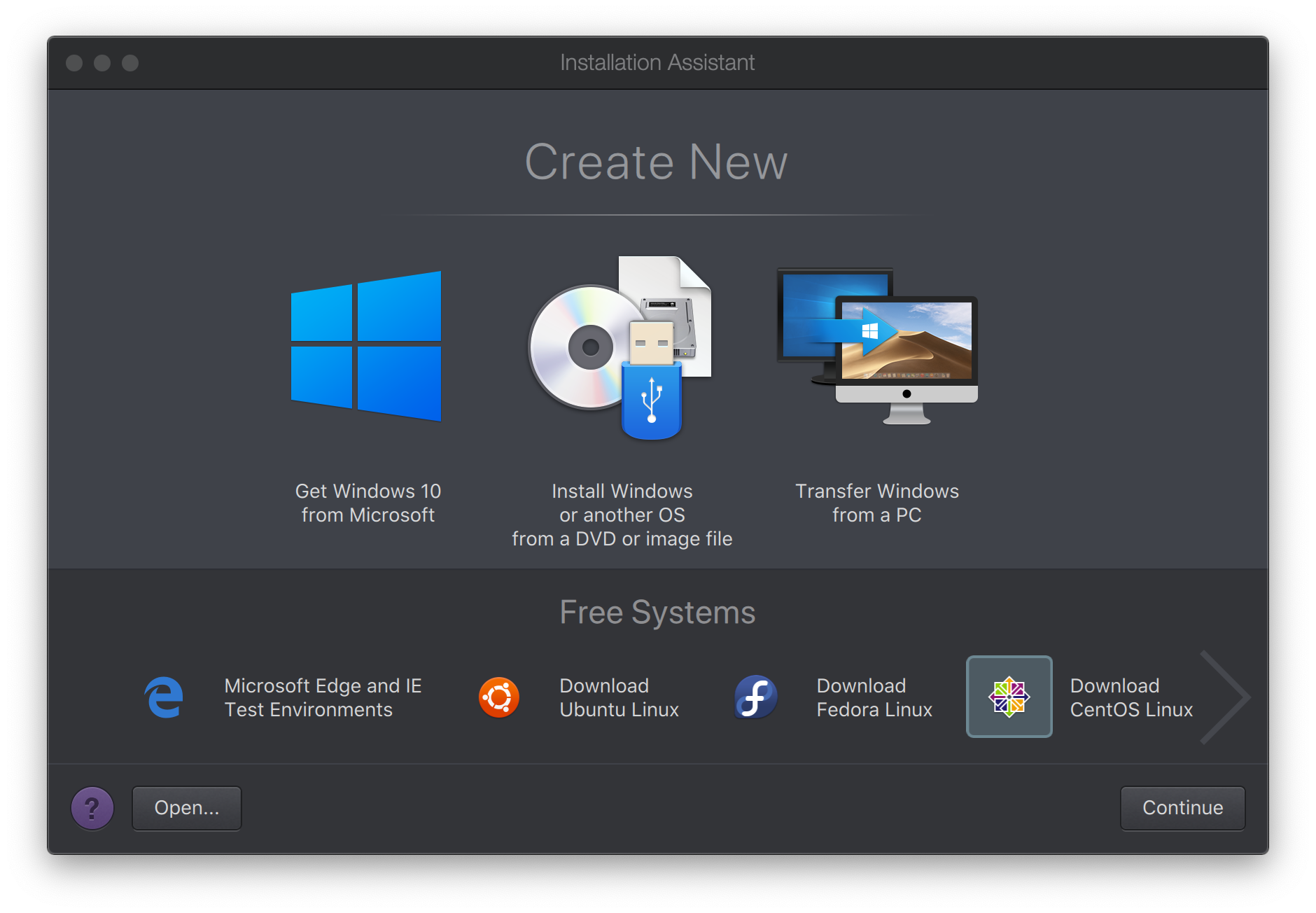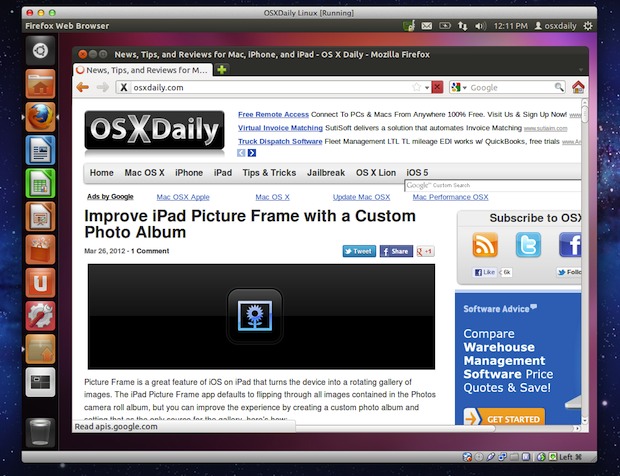With the newly released M1 Macs, there have been lots of questions about being able to run other operating systems on it, particularly from developers that are used to running Window or Linux in Virtual Machines using virtualization on their Intel Macs. Free minecraft apps for pc. So what challenges do the M1 Macs bring in this regard?
If you are new to all this, it is important to understand the parts involved. First there are virtual machines, which act as virtual computers running on a main or host computer. Second, there are the instruction sets for the computer and OS. These virtual computers run an operating system (OS) of some kind and in most cases this OS has to have the same instruction set as the host computer. This allows the instruction to be passed through the VM to the CPU and allows for good performance. Which is what makes it so easy to run Windows 10 x86 on an Intel Mac — they both are using Intel CPUs with the same instruction sets.
But what if the instruction sets differ as they do with Intel and M1 Macs? Obviously you can no longer pass an x86 instruction to an M1 chip and expect anything to happen. So some translation or emulation needs to happen. This is typically much, much slower.

Virtual machine vs dual boot. There are two ways that we can run Ubuntu on the Mac. We can either setup a dual boot or we can run Ubuntu as a virtual machine. We will be using the virtual machine method in this tutorial. There are pros and cons to each method, however a virtual machine will be plenty adequate for most dual operating system. Installing macOS on the Virtual Machine. Now just run basic.sh to start the virtual machine with the Clover bootloader./basic.sh. The clover bootloader should come up, and you can select the first option here to boot into the recovery utility. Linux, macOS and Everything Not-Windows; 2/3DS on a virtual machine or WSL 2/3DS on a virtual machine or WSL. By archiso 14 hours ago in Linux, macOS and Everything Not-Windows. Share Followers 1. Archiso; Member 342 posts; 342 posts; Posted 14 hours ago. I wanted to try soft moding a 2/3ds and want to be able to do it from my pc. How to install macOS in a virtual machine (QEMU) on Linux using Sosumi snap package 1. Install the Sosumi snap package: sudo snap install sosumi -edge Why edge? In my test, the macOS virtual machine did. Run Sosumi for the first time by typing sosumi in a terminal. This is only required the. Install Linux(Ubuntu) on Oracle VirtualBox. Mayank Kumar Chaudhari. Which usually works much better on linux than on Windows or Mac, but you don’t want to leave your preferred os — may be windows or Mac OS or you want to experiment with a new software without risking the host OS.
In general this is what Apple is doing with Rosetta 2 on Big Sur to allow your x86 Mac apps to run on an M1 Mac. They do an entire app translation on first launch (and also re-do it at times) and then run the translated app. This is a great technique but it doesn’t really work at a virtual machine level. And in fact, Apple specifically says that Rosetta 2 cannot be used with virtualization software.
That’s the bad news. But there are options on the horizon.
Emulation
The first option is OS-level emulation. What would happen here is that emulation software (say, QEMU, a popular open-source emulator and virtualizer) would translate x86 instructions to ARM instructions (usually on-the-fly) so that an x86 operating system could run on an M1 Mac. In theory this would allow Windows 10 x86 for example to run as a (virtual computer) on an M1 Mac.
Technically this is more than a theory since it has been done before. You may remember it was possible to run Windows 98 x86 on a PowerPC Mac back in the day using software such as Connectix Virtual PC. The downside to this approach is that it can be quite slow. Fortunately the M1 Macs are proving to be very speedy and might be able make this technique acceptable for casual use. I expect the QEMU project will be updated to eventually allow emulation of x86 operating systems on M1 Macs.
OS Vendors
You might remember in the WWDC 2020 keynote Apple showed Linux running as a virtual machine with Parallels on an M1 Mac. This demo was actually running an ARM Linux distro in that virtual machine. Since it was not an x86 distro, its usefulness depends on its ability to run the apps you need. If you wanted to run an x86 Linux app then it would not work on an ARM distro.
However, the OS vendors are working on this. Much like what Apple did with Rosetta 2, they can add OS-level support to translate individual apps from x86 to ARM, thus allowing them to work in a virtual machine. I haven’t heard of progress on this front with Linux, but I expect there will be some convoluted way to do it at some point.
Microsoft does have an ARM version of Windows, but right now it is only licensed for OEM use to include with a computer, so virtualizing it is not yet an option. And even if you could virtualize ARM Windows on your M1 Mac, it also is only useful to you if it can run the apps you want.
Currently ARM Windows has a translator that lets it run 32-bit x86 apps, but performance is poor, especially when compared to what Apple has done with Rosetta 2 in Big Sur. Microsoft has said they are working on adding the ability to run 64-bit x86 apps on ARM Windows, but that feature is not ready yet and performance is unknown.
I expect virtualizers such as Parallels, VMware and VirtualBox will all eventually have versions that run on M1 Macs and can run ARM operating systems, although perhaps just Linux to start. I don’t expect them to include emulators in their products.
Microsoft edge not working. If you can't open Microsoft Edge, or if it opens briefly and then closes, or if you’re unable to open specific webpages, here are some things you can try. Close other tabs, extensions, and apps Make sure Microsoft Edge is up to date Scan your device for malware.

Update (2020-4-14): Parallels has just released 16.5 with support for running Windows for ARM on M1 Macs.
When Microsoft adds 64-bit x86 translation and has it working at a decent speed and if it decides to make ARM Windows available for use in virtual machines then you would also be able to run Windows on an M1 Mac and run common Windows apps. But for now, we wait.
Update (2020-12-08): Some progress continues to be made on this. Here are some rough instructions on how to get Windows ARM running in a VM (UTM running on QEMU).
Other Options
Another option is the CodeWeavers product that is based on the WINE open-source project. This project essentially provides a translated Windows API that allows some Windows apps to run on a Mac. It does not run Windows itself, only apps, and only a small subset at that.


But because it translates the apps to essentially a Mac x86 app, they are a candidate for Rosetta 2 on Big Sur to translate. That’s a lot of levels of translation, but in the end you end up with a Windows app running on an M1 Mac.
Install Linux On Mac Virtual Machine
CodeWeavers recently posted some information about their early testing of this.
Wrap Up

With all this said, if you require the ability to run an x86 version of Windows or Linux, then an M1 Mac cannot be your sole machine at this time. Fashion design girl drawings. You’ll either want to also have an Intel Mac to run those in virtual machines or get dedicated separate hardware for them.
Kali Linux Mac Virtual Machine
And if you want to make your own native apps for M1 Macs, Xojo now has the ability to create native apps for M1 Macs.
